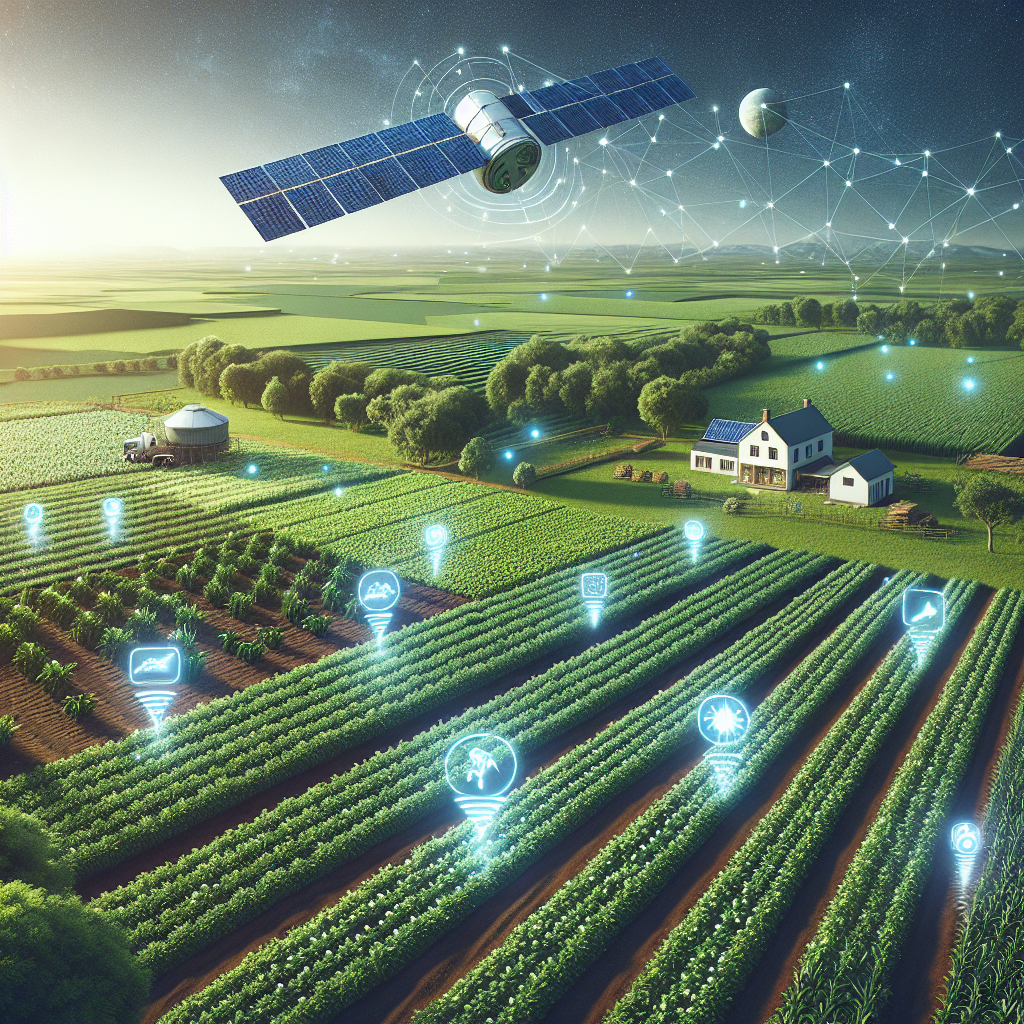Your cart is currently empty!
Exploring the Potential of Remote Monitoring in Agriculture and Farming

Remote monitoring technology has revolutionized the way farmers manage their crops and livestock. With the advancement of sensors, drones, and satellite imagery, farmers can now monitor their fields and animals from anywhere in the world. This technology, known as precision agriculture, has the potential to increase yields, reduce costs, and improve sustainability in farming practices.
One of the key benefits of remote monitoring in agriculture is the ability to collect real-time data on crop conditions and soil health. Sensors placed throughout the field can monitor factors such as temperature, humidity, and soil moisture, providing farmers with valuable insights into the health of their crops. This data can help farmers make informed decisions about irrigation, fertilization, and pest control, leading to higher yields and reduced waste.
In addition to monitoring crops, remote monitoring technology can also be used to track the health and behavior of livestock. For example, sensors attached to animals can monitor their activity levels, body temperature, and feed intake, alerting farmers to any signs of illness or distress. This can help farmers provide timely medical treatment and improve the overall well-being of their animals.
Drones and satellite imagery are also playing a crucial role in remote monitoring in agriculture. Drones equipped with cameras can fly over fields, capturing high-resolution images that can be used to assess crop health, detect pests and diseases, and monitor the effectiveness of farming practices. Satellite imagery, on the other hand, can provide farmers with a bird’s eye view of their entire farm, allowing them to identify areas of concern and make informed decisions about resource allocation.
The potential of remote monitoring in agriculture is vast, with the technology offering farmers a wide range of benefits. By providing real-time data on crop and soil conditions, monitoring livestock health, and enabling precision farming practices, remote monitoring technology has the potential to increase productivity, reduce costs, and improve sustainability in farming.
Overall, remote monitoring technology has the power to revolutionize the way farmers manage their operations, leading to more efficient and sustainable farming practices. As the technology continues to evolve and become more accessible, we can expect to see even greater advancements in the field of precision agriculture in the years to come.

Leave a Reply